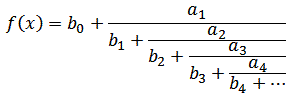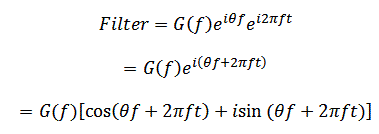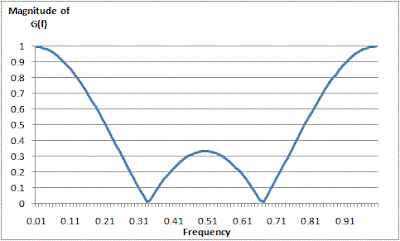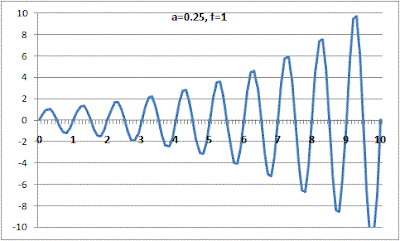Sub Runthis()
Dim high As Range, low As Range
Dim output As Range, n As Long
Set high = Range("C2:C11955")
Set low = Range("D2:D11955")
Set output = Range("H2:H11955")
n = 5 'number of historical periods to look at
'needed for certain indicators
FT_1 high, low, output, n
End Sub
Sub FT_1(high As Range, low As Range, output As Range, n As Long)
output(0, 1).Value = "Median Price"
high0 = high(1, 1).Address(False, False)
low0 = low(1, 1).Address(False, False)
output(1, 1).Value = "=(" & high0 & "+" & low0 & ")/2"
output(1, 1).Copy output
output(0, 2).Value = "Normalized Price"
rangen = Range(output(1, 1), output(n, 1)).Address(False, False)
TP = output(n, 1).Address(False, False)
output(n, 2).Value = "=(((" & TP & "-min(" & rangen & "))/(max(" & rangen & ")-min(" & rangen & ")))-0.5)*2"
output(n, 2).Copy output.Offset(0, 1)
output(0, 3).Value = "Smoothed Normalized Price"
SNPtoday = output(n + 1, 2).Address(False, False)
SNPyesterday = output(n, 3).Address(False, False)
output(n + 1, 3).Value = "=max(-0.9999,min(0.9999,(0.5*" & SNPtoday & "+0.5*" & SNPyesterday & ")))"
output(n + 1, 3).Copy output.Offset(0, 2)
SNPyesterday = output(n, 2).Address(False, False)
output(n + 1, 3).Value = "=max(-0.9999,min(0.9999,(0.5*" & SNPtoday & "+0.5*" & SNPyesterday & ")))"
output(0, 4).Value = "Fisher Transform"
SNP = output(n + 1, 3).Address(False, False)
output(n + 1, 4).Value = "=0.5*ln((1+" & SNP & ")/(1-" & SNP & "))"
output(n + 1, 4).Copy output.Offset(0, 3)
output(0, 5).Value = "Smoothed Fisher Transform"
FTtoday = output(n + 2, 4).Address(False, False)
FTyesterday = output(n + 1, 5).Address(False, False)
output(n + 2, 5).Value = "=0.5*" & FTtoday & "+0.5*" & FTyesterday
output(n + 2, 5).Copy output.Offset(0, 4)
FTyesterday = output(n + 1, 4).Address(False, False)
output(n + 2, 5).Value = "=0.5*" & FTtoday & "+0.5*" & FTyesterday
Range(output(1, 2), output(n - 1, 5)).Clear
Range(output(n, 3), output(n, 5)).Clear
output(n + 1, 5).Clear
End Sub



























